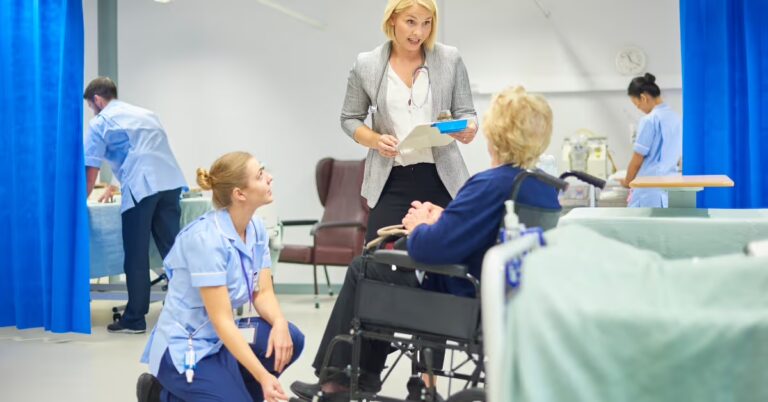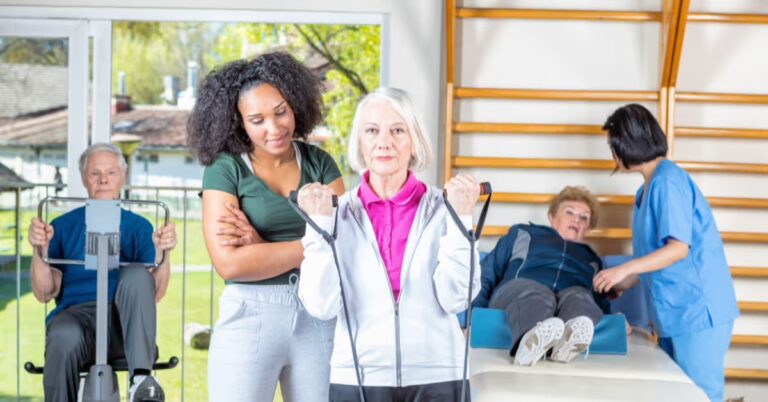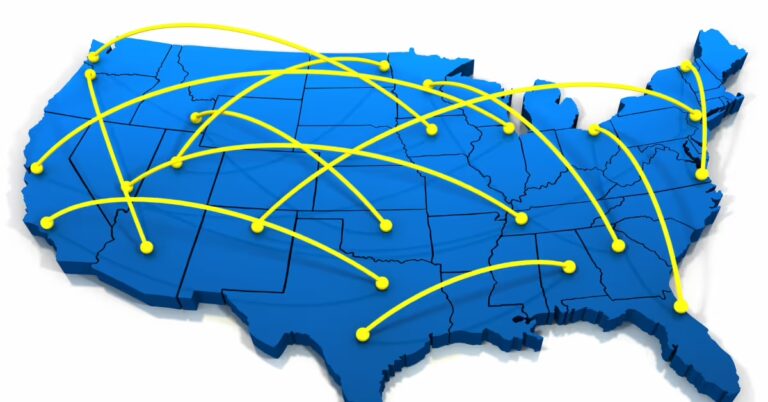
Caregivers & Families
Understanding Assisted Living
Understanding Eligibility and Requirements for Assisted Living
Navigating this senior living journey can feel overwhelming, but we're here to help. Our resources provide valuable insights, guides, and expert advice to support you and your family at every step.
Choose a category below to refine your search.






© 2025 Spring Hills. All Rights Reserved. 